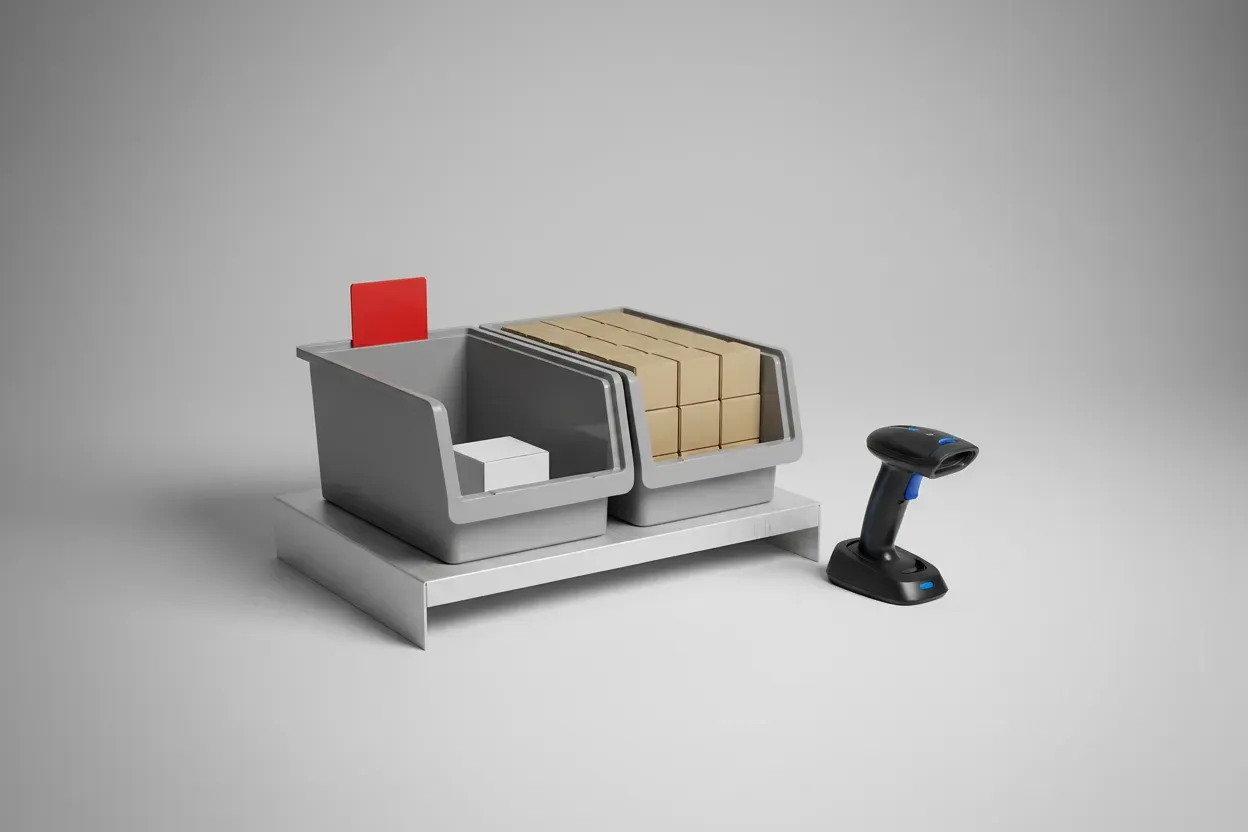How Do You Maintain a Work-Life Balance While in a Leadership Position?
Striking the perfect balance between leadership responsibilities and personal life can be a challenge, so we’ve gathered insights from eight industry leaders, including Lifestyle Business Experts and Founders. They share personal strategies ranging from setting clear work-life boundaries to adhering to working hours and leading by example in creating those boundaries. Discover how these professionals manage to keep their work and personal lives in harmony.
- Set Clear Work-Life Boundaries
- Embrace the “Protected Hour”
- Compartmentalize Work and Personal Life
- Adopt a Flexible Work Schedule
- Use Calendar Blocking for Balance
- Communicate During Unexpected Events
- Practice Time-Blocking for Balance
- Adhere to Working Hours and Lead by Example
Set Clear Work-Life Boundaries
I balance work and personal life by setting clear boundaries between work hours and personal time, ensuring I have quality moments with my family and for myself, which makes me more effective and happier.
Without clear boundaries, work can spill over into personal time, stress can build up, leading to burnout and strained relationships. Many leaders face this problem, which affects their well-being and productivity.
Most leaders try to fit personal time around their work and think working longer hours will lead to more success, but it often results in burnout and less effective work. True productivity comes from a balanced life.
I set firm boundaries between work and personal time. I schedule personal time as non-negotiable appointments in my calendar. This method has allowed me to maintain a healthy work-life balance, making me more effective overall.
Here’s how to do it:
Decide on specific work hours and stick to them.
Let your team and family know your work schedule to set expectations.
Schedule these activities into your daily routine, such as exercise, hobbies, or relaxation time.
Stick to these self-care routines as strictly as you would any work meeting.
Turn off work notifications during personal time to avoid interruptions.
Make sure to schedule regular breaks and time off to recharge.
By scheduling personal time as non-negotiable appointments, you’ll achieve a better balance between work and life, you’ll reduce stress, enjoy better quality time with your loved ones, and become more productive during work hours.
Nicholas Robb, Lifestyle business expert, Life by Design
Embrace the “Protected Hour”
I work in the mental health industry and founded a mental health practice, so balancing work and personal life as a leader is super important to me, but can also be tough, especially when I’m striving to excel in every area. One personal strategy that has helped me maintain this balance is setting firm boundaries around my personal time. I call this the “Protected Hour.” I dedicate the first hour of my day entirely to myself. No emails, no work calls, and no planning for the day ahead. This is my “Protected Hour.”
I wake up an hour earlier than usual. This quiet time in the morning sets the tone for the rest of the day. During this hour, I engage in activities that nourish me personally. This could be anything from reading a book, journaling, meditating, exercising, or simply enjoying a quiet cup of coffee. I keep my phone on airplane mode and stay away from any screens. This helps me stay present and fully engage in whatever I’m doing.
This works because starting the day with a clear mind helps me approach work challenges more effectively and creatively. This time also reduces my stress levels and enhances my mood, making me a more patient and empathetic leader. More importantly, investing in myself daily ensures that my personal growth is not neglected in the hustle of professional responsibilities.
Kristie Tse, Founder and Therapist, Uncover Mental Health Counseling
Compartmentalize Work and Personal Life
Balancing work and personal life is indeed a huge challenge for many, including leaders who often find themselves engulfed in their business roles. My personal strategy centers on “compartmentalization,” which means segregating work and personal life distinctly. As the Head of Inbound Growth at Businessmap, my day is filled with responsibility, but I strive to respect the boundaries that separate professional and personal arenas.
For example, I dedicate a fixed number of hours to my work and strictly adhere to this schedule, unless exceptions call for immediate attention. Beyond those hours, I’m a family man, a friend, and a hobbyist. This conscious division helps maintain the focus, energy, and time required in each sphere.
Remember, the quality of life is as important as your professional accomplishments. After all, a powerful source of motivation for your work can often come from the fulfillment gained from a vibrant personal life.
Gabriel Lukov, Head of Inbound Growth, Businessmap
Adopt a Flexible Work Schedule
Running a successful company requires my constant attention, but I also understand the importance of taking care of my well-being and spending quality time with my family and friends. To achieve this, I try my best to adopt a flexible working schedule that allows me to work remotely when necessary, ensuring that I can attend important family events or take a break when I need to recharge. I also take advantage of useful tools such as video conferencing and collaborative platforms to stay connected with my team and manage operations no matter where I am.
Flexibility also extends to how I structure my day because I prioritize my tasks and focus on the most critical ones during my peak productivity hours. This makes it easier for me to efficiently handle my responsibilities without feeling overwhelmed. I also encourage my team to adopt flexible working arrangements, understanding that their personal lives are equally important. This approach not only boosts morale and productivity but also fosters a supportive work environment.
Daisy Cabral, Visionary Founder and CEO, Teami Blends
Use Calendar Blocking for Balance
As a manager, one personal strategy I use as a way of separating work and personal life is to schedule and prioritize my time very observantly. To my advantage, I use calendar blocking, where certain time-period slots are specifically allotted for work, personal pursuits, and the family. This way, it allows me to be very productive at work and also allows me to actively be available for family time.
By clearly setting apart time blocks, I do not bring work into family time and manage to give my full and undivided attention to both sides of life, thus achieving a work-life balance that is healthful at the same time.
Khurram Mir, Founder and Chief Marketing Officer, Kualitee
Communicate During Unexpected Events
Balancing work and personal life as a leader demands proactive scheduling and clear communication. One personal strategy I employ involves setting boundaries and dedicating specific time to work and personal activities, ensuring focus and productivity. However, unexpected events can disrupt plans.
In such instances, transparent communication with both my team and family is key. If work demands encroach on personal time, I openly discuss the situation with loved ones to minimize impact. Likewise, if personal matters arise during work hours, I communicate with my team, delegate tasks, and adjust priorities to maintain balance.
Through proactive planning and effective communication during unexpected circumstances, I aim to uphold a healthy balance between work and personal life, nurturing both professional success and personal well-being.
Calan Smidt, Data Systems Strategist, Strategic America
Practice Time-Blocking for Balance
Finding the right work-life balance as a leader is key to maintaining not just professional success, but also personal happiness and fulfillment. In my own experience, one strategy that has consistently served me is adhering to the practice of “time-blocking.” By scheduling not just work tasks, but also personal and leisure activities, I ensure that both spheres of life receive dedicated attention.
For example, I might set aside 6 p.m.-8 p.m. for family time, and treat it as a non-negotiable commitment, much like an important meeting. This practice resonates from my belief in “Kanban”, an Agile methodology, where we visualize work, limit work in progress, and maximize efficiency. It teaches me to streamline processes and to focus on high-priority tasks, leaving room for personal time and self-care.
Remember, cultivating a healthy balance doesn’t necessarily mean drawing a rigid line between work and personal life; rather, it requires integrating them in a way that they complement each other.
Pavel Naydenov, Head of Marketing, Businessmap
Adhere to Working Hours and Lead by Example
It is so difficult to balance work and personal life as a leader most of the time, but one personal resolution that has worked so well for me is making distinct boundaries and ensuring that I get quality time for myself and my family.
I begin by determining the actual working hours and try to adhere to them as much as possible. Within those hours, I make sure to give undivided attention to my work-related duties, enabling me to be productive and effective. This practice allows me to manage the work within the allocated hours with as little need as possible to take my professional work home.
Apart from ensuring to take time for personal work and family, the roguish professional that I am, I ensure making the best of my evenings and weekends that I spend with my family, on hobbies, and relaxing.
By setting such boundaries, I make my team aware of my availability and encourage and remind them to do the same. In doing so, not only do I manage to maintain a sound balance between work and life for myself, but I also succeed in creating a positive example for my colleagues by promoting a culture of respect for personal time in the organization.







































